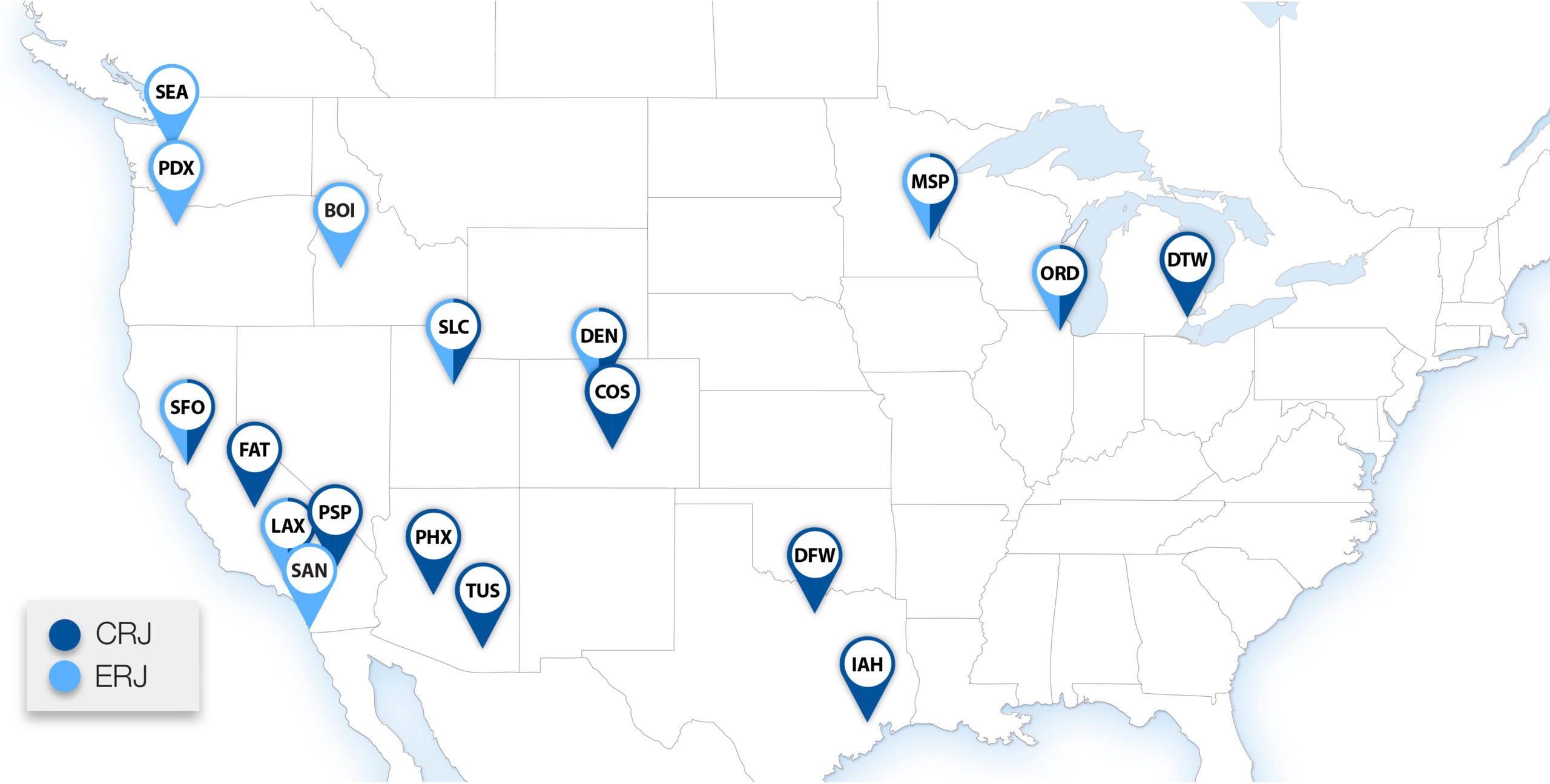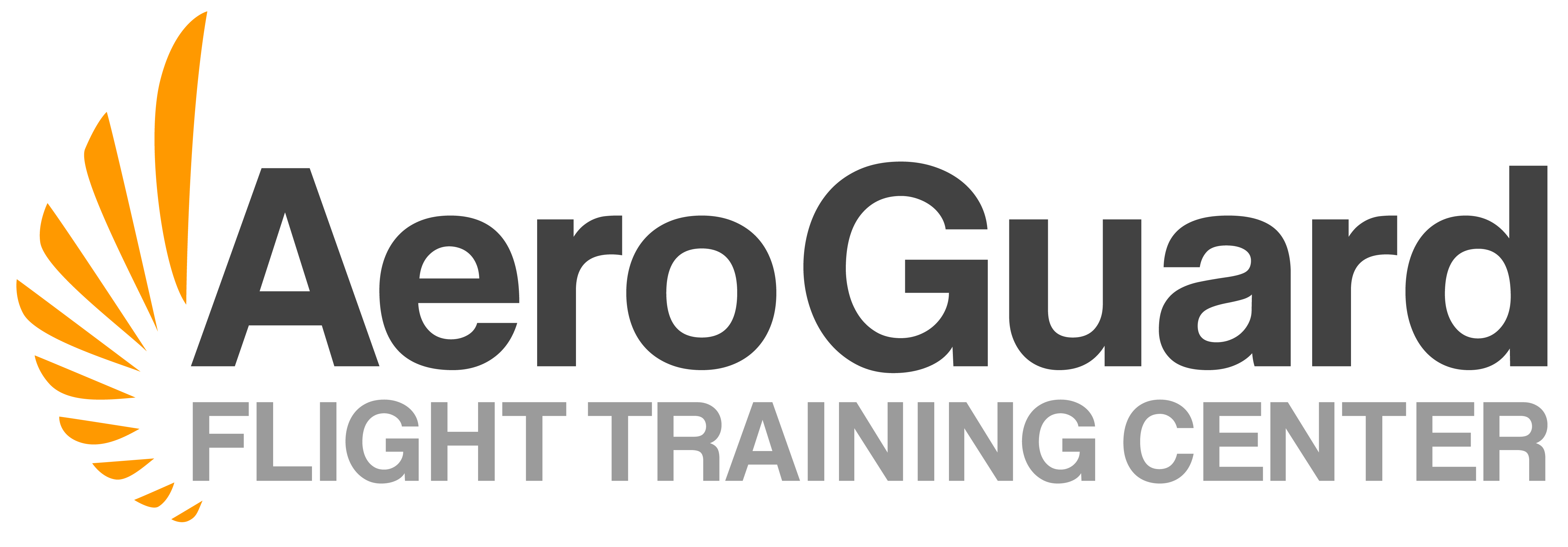How Pilot Seniority Works
Almost everyone has heard the line “seniority is everything” and it’s often true, especially for those working as a pilot within the airline industry. pilot seniority has a hand in just about anything and everything and essentially governs your overall quality of life within your career. So, what is pilot seniority exactly? How does pilot seniority work?
At its core, pilot seniority refers to the length of time a pilot has been employed with one specific airline. The pilot employed the longest has the highest seniority, while the newest-hired pilot is lowest on the seniority list. This is important because it means if a pilot switches their airline, their seniority starts over again. It does not matter how long they’ve been flying and how much experience they have, rather only the time they’ve been employed at that airline.
Once someone has been hired onto an airline, they immediately receive a seniority number which then stays with them throughout their entire career at that airline. The sooner a pilot is hired on by an airline, the sooner they’ll be able to earn seniority over the pilots employed after them and move up on the airline’s seniority list.
Pilot Seniority and Domiciles – Where You’re Based as a Pilot
Domiciles are one of the first things pilots choose. An airline domicile, sometimes called a crew base, is where the flight crew is permanently based. This means that all flight schedules for that crew begin and end at this location. As with most things, domicile assignment is based on pilot seniority. When first entering the airline during ground training, pilots will select multiple domiciles they would like to be based out of in preferential order. The airlines then assign those domiciles in order of seniority. The most desirable bases go to those highest on the seniority list.
Pilots can either choose to live in the same location as their domicile or they can choose to commute there using their flight benefits. However, the lower you are on the seniority list, the harder it may be to commute to your domicile. Many pilots work their way into their most desirable domicile as they gain higher seniority over time.

Pilot Seniority and Aircraft – What Plane Will You Fly
Pilot seniority even has a role in the type of aircraft you will fly. Just as with domiciles, pilots will choose the aircraft they would want to fly in priority order. Many pilots have a specific plane they dream of flying but larger jets mean more responsibility which often equates to higher pay. Higher pay means higher demand. More and more pilots want to fly these planes and with the higher demand, the higher seniority you need to have in order to get them.
Aircraft type can depend on domicile assignment as well. Often times, certain domiciles will only have certain aircraft so it’s important to look at your choice of domicile at the same time you’re considering the type of aircraft you’re interested in flying. Lower seniority pilots will likely be flying much smaller narrow-bodied jets until they can gain the seniority to upgrade to a larger plane with more responsibility.
Pilot Seniority and Bidding – How it Affects Your Schedule
One of the great things about being a pilot, is that you know your schedule generally a month in advance which gives you plenty of notice on your routes so you can plan other life events accordingly providing a great work-life balance. However, what those routes and what that schedule looks like is greatly determined by your seniority level.
What Routes You Fly as a Pilot
A pilot’s schedule is based on a monthly bidding system. Each month, the airline publishes all the routes and schedules they have for the following month. Each pilot goes into the bidding system and bids for their routes, or lines, in order of preference. These bids are then assigned to pilots in seniority order. Think of it like a draft. Once a pilot’s seniority number comes up, they will get their highest pick of whatever is still available at that time.
Taking Vacation as a Pilot
Scheduling and taking a vacation as a pilot is very similar to how pilots bid for their flying routes each month. While every airline will have their own protocols and certain aspects will vary, one can expect a few things to remain the same. As with all things in a pilot’s life, you have to bid for it and it’s based on seniority. Generally, specific vacation schedules will be published, such as choices of two-week slots the following year that pilots can then bid for those they want to take. Often times, holidays and summer breaks are the most popular times. A pilot will place their bids for their times in order of preference and those will be assigned in seniority order.
Pilot Seniority and Upgrades – Moving Up in Your Career
As with everything, the chance to upgrade to captain is going to be based on seniority. There are two main aspects that affect your chances of moving your career up in the airlines and upgrading to captain. Those two things are new hires being added beneath you and older pilots retiring above you. Many people just think about no longer being the “newbie” but don’t forget that the mandatory retirement age is 65. When both aspects are in full swing, the faster pilots move up on the seniority list and are able to upgrade.
A pilot that is at the regional airlines will not only have new pilots being hired below them and older pilots retiring above them, but will also have pilots somewhere in the middle that are leaving the regionals and moving on to the majors. Upgrading to captain at a regional airline has multiple benefits. Obviously, the move to captain means a large increase in salary, but this also means the ability to log precious PIC (pilot in command) time. This is crucial for being able to move up to the majors at some point if that is your goal. However, keep in mind that if you move to a major airline your seniority starts over again at that airline so you’ll want to weigh the pros and cons of staying a captain at a regional vs moving to first officer at a major airline to see which would be best for your particular lifestyle needs and wants.
Pilot Seniority and Flight Benefits – How Long Will You Wait
Free flight benefits are definitely a perk to becoming a pilot, but how long will you actually wait to be able to use them? Well, that too is based on seniority. Airlines only allow a certain number of seats to flight crew on various flights depending on the demand of those flights. If another airlines employee more senior is looking to get on the same flight as you, they’ll get the empty seat before you will. This could mean spending hours at an airport waiting to leave. As mentioned before, this can make commuting to a domicile difficult if you live outside your domicile and are much lower on the seniority list. The more senior you are, the better your benefits become.
Start Gaining Pilot Seniority
Now you understand the many ways pilot seniority impacts your career and your overall quality of life as a pilot in the airline industry. We can’t stress enough how important pilot seniority is to your future. You might think it would be better to wait to get started while you finish this or that loose end, but the reality is the time is now! With the retirement age being mandatory at 65, even losing one year could be upwards of $300,000 lost in potential revenue! It’s time to become a pilot. Did we mention you could build company seniority with SkyWest Airlines through the Pilot Pathway program while you’re training? Fill out the form below to discuss how with one of our advisors.

